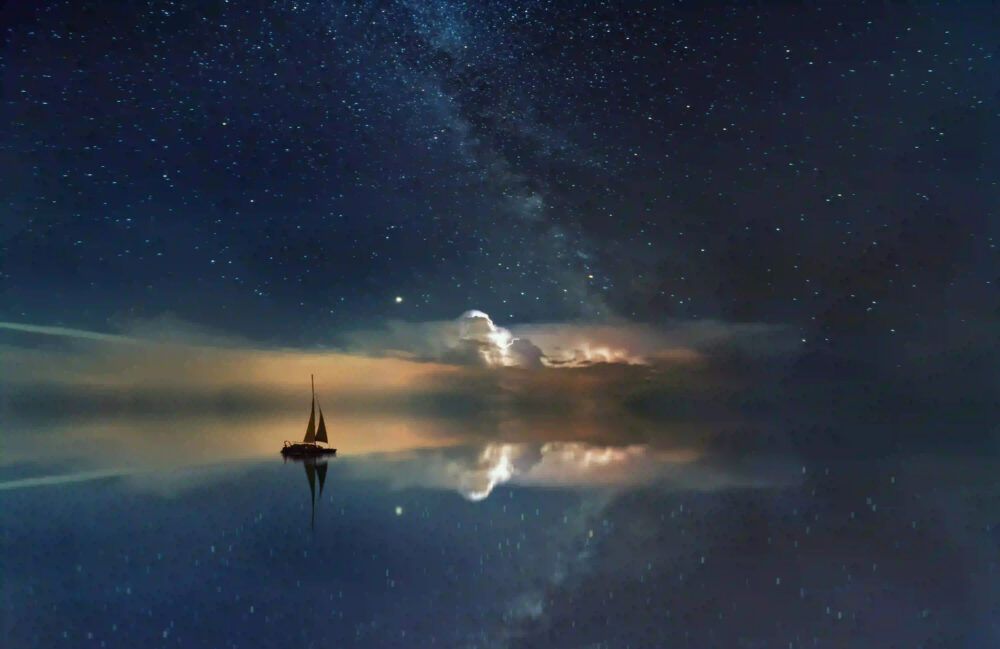In the vast expanse of fantasy literature and folklore, the enigmatic presence of shapeshifters has long captured the imagination of readers and listeners. These elusive beings, capable of assuming diverse forms and identities, embody a captivating mystique that transcends cultural boundaries. From ancient legends to modern tales of magic and wonder, shapeshifters have left an indelible mark on the fabric of fantastical lore, weaving a rich tapestry of intrigue and fascination. In this article, we embark on a journey into the realm of shapeshifters, exploring their multifaceted nature, cultural significance, and enduring allure in the landscape of fantasy storytelling.
Origins and Mythological Roots: Tracing the Legacy of Shapeshifters
The concept of shapeshifting beings finds its roots in a myriad of global mythologies, where gods, spirits, and otherworldly entities are depicted as assuming various forms to interact with mortals or navigate the realms of the supernatural. Keywords such as shapeshifters in mythology, lore of transformation, and cultural origins underscore the profound cultural resonance of these entities across diverse traditions. Whether as cunning tricksters in Norse mythology, benevolent animal spirits in Native American folklore, or enigmatic spirits in Japanese legends, shapeshifters embody a universal motif that speaks to humanity’s enduring fascination with transformation and the liminal spaces between form and essence.
The Allure of Transformation: Shapeshifters in Modern Fantasy Literature
In contemporary fantasy literature, shapeshifters continue to captivate readers with their compelling portrayal as enigmatic and versatile beings. Keywords such as shapeshifters in modern fantasy, transformational characters, and mystical creatures underscore the enduring appeal of these entities within the genre. Whether as protagonists navigating the complexities of dual identity, mysterious allies aiding heroes on their quests, or formidable adversaries cloaked in deceptive guises, shapeshifters infuse narratives with a sense of intrigue, moral ambiguity, and narrative unpredictability. Their ability to transcend conventional boundaries of form and identity offers authors a potent vehicle for exploring themes of fluidity, duality, and the transformative power of self-discovery.
Cultural Symbolism and Allegorical Significance
Beyond their narrative allure, shapeshifters also carry profound cultural and allegorical symbolism that enriches their portrayal in fantasy literature. Keywords such as symbolism of shapeshifters, allegorical significance, and cultural archetypes highlight the nuanced layers of meaning associated with these transformative beings. Whether as embodiments of primal instincts and untamed wilderness, metaphors for the fluidity of identity and personal growth, or reflections of the human capacity for adaptation and change, shapeshifters serve as potent symbols that resonate with readers on a deeply symbolic and psychological level, inviting contemplation of the ever-shifting nature of existence.
Ethical Complexity and Moral Ambiguity: Shapeshifters as Catalysts for Reflection
The portrayal of shapeshifters in fantasy literature also serves as a catalyst for ethical inquiry and moral reflection, challenging readers to confront themes of duality, deception, and the blurred lines between good and evil. Keywords such as ethical complexity in shapeshifter lore, moral ambiguity, and dual nature of beings underscore the thematic emphasis on moral complexity and the exploration of shades of gray within the characters. As protagonists grapple with the enigmatic nature of shapeshifters, navigating questions of trust, loyalty, and the intrinsic dualities of human nature, readers are afforded an opportunity to engage with profound ethical inquiries and ponder the enigmatic interplay of light and shadow within the human psyche.
Conclusion: Embracing the Mystique of Shapeshifters
In the realm of fantasy literature, shapeshifters stand as enigmatic, transformative beings whose allure transcends cultural boundaries and resonates with readers on a profound level. From their mythological origins to their contemporary portrayal in imaginative narratives, shapeshifters embody a rich tapestry of cultural symbolism, narrative versatility, and allegorical significance. As readers immerse themselves in the captivating world of shapeshifters, they are invited to contemplate themes of transformation, duality, and the ever-shifting nature of existence, embarking on a journey of introspection and wonder through the boundless realms of storytelling. The enigma of shapeshifters endures as a testament to the enduring power of transformation, the allure of the unknown, and the timeless appeal of fantastical beings that blur the boundaries of form and essence.
